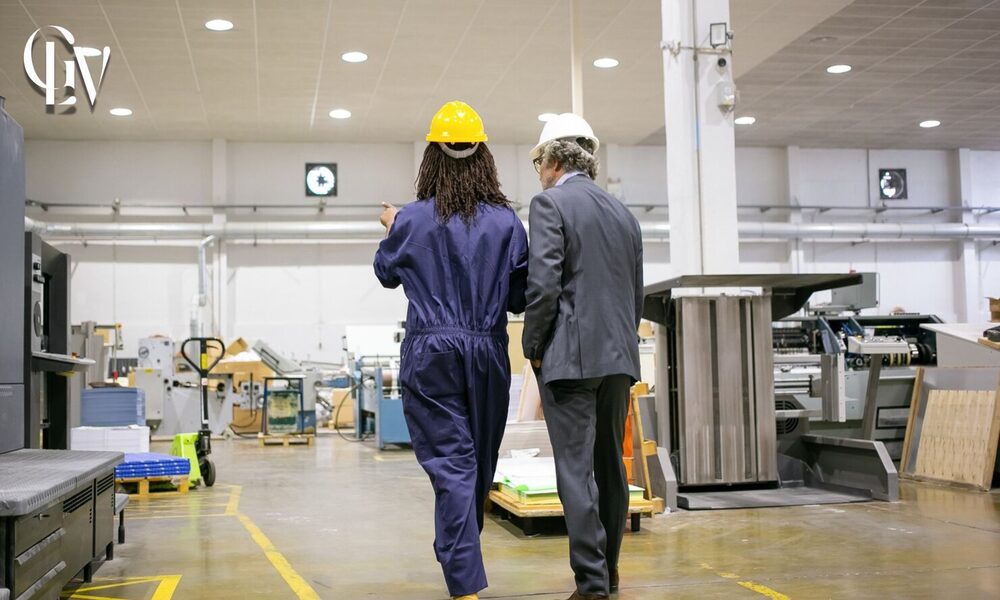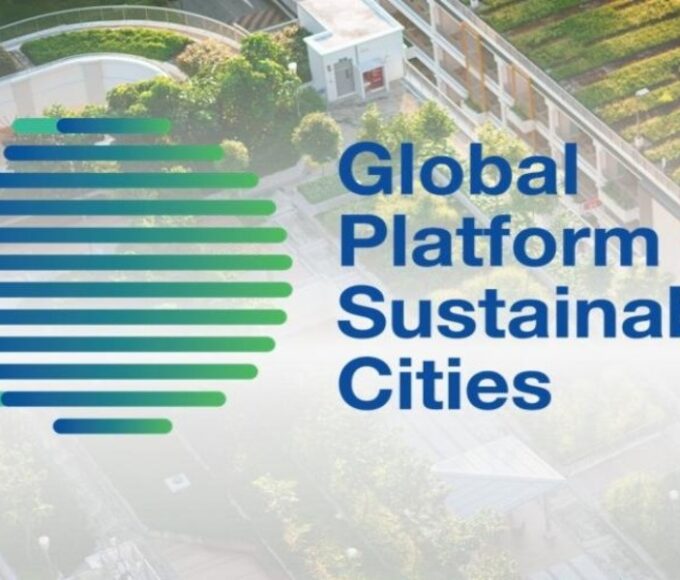Australia’s Manufacturing Revival: Renewing the Sector in 2025

Australia is witnessing a promising shift toward a manufacturing revival, spurred by strategic investments and government support. After years of decline due to globalisation and reliance on imports, the country is laying the groundwork for a robust domestic manufacturing sector, signaling a new era of industrial growth.
Signs of a Manufacturing Comeback
Major Infrastructure Projects: Plans for two new steel plants are underway, reflecting increased focus on building domestic production capabilities for critical materials.
Agribusiness Expansion: Queensland’s Lockyer Valley is set to host its first fruit and vegetable processing plant in over a decade, reducing dependence on imports and boosting local agriculture.
Renewable Energy Manufacturing: The growing demand for clean energy solutions is driving investment in solar panel production and battery manufacturing facilities.
Drivers of the Renaissance
Supply Chain Resilience: Global disruptions in supply chains have highlighted the need for self-sufficiency in essential goods.
Government Support: Incentives, grants, and policies aimed at fostering innovation and competitiveness in manufacturing are playing a pivotal role.
Technological Advancements: Automation, robotics, and advanced manufacturing techniques are enabling efficient production at reduced costs.
Challenges to Overcome
Despite the optimistic outlook, Australia’s manufacturing renaissance faces hurdles:
High Production Costs: Labor and energy costs in Australia remain significantly higher than in many competing nations.
Skilled Workforce Shortages: The sector needs a highly skilled workforce to operate advanced machinery and maintain productivity.
Export Competition: Competing with low-cost manufacturing hubs like China and Southeast Asia poses ongoing challenges.
Strategies for Sustainable Growth
To ensure long-term success, Australia is focusing on:
Education and Training: Partnering with educational institutions to upskill workers and meet industry demands.
Sustainability: Embracing green manufacturing practices to align with global environmental standards.
Local Collaboration: Strengthening partnerships between industries, research institutions, and the government to drive innovation.
Global Leaders View
Australia’s manufacturing renaissance represents a vital step toward economic resilience and self-reliance. With strategic investments and collaborative efforts, the nation is well-positioned to rebuild its industrial base, create jobs, and contribute to global markets. As these initiatives unfold, Australia’s manufacturing sector could emerge as a powerhouse in the Asia-Pacific region.
Visit Latest Interviews
Recent Posts
Related Articles
Why You Should Think About Your Domain Extension Before You Think About The Name?
Think of your domain extension like a surname—it wraps up your web...
ByGlobal Leaders ViewAugust 19, 2025Germany’s ‘Energiewende’ Initiative: A Vision for a Sustainable Future
Germany’s ambitious energy transition, known as the Energiewende, aims to shift the...
ByGlobal Leaders ViewJanuary 27, 2025Global Platform on Sustainable Cities Established
In a groundbreaking move toward addressing the challenges of urbanization and climate...
ByGlobal Leaders ViewJanuary 27, 2025Singapore’s Green Urbanism Initiatives
Singapore, known for its modern skyline and bustling urban environment, is also...
ByGlobal Leaders ViewJanuary 27, 2025














Leave a comment